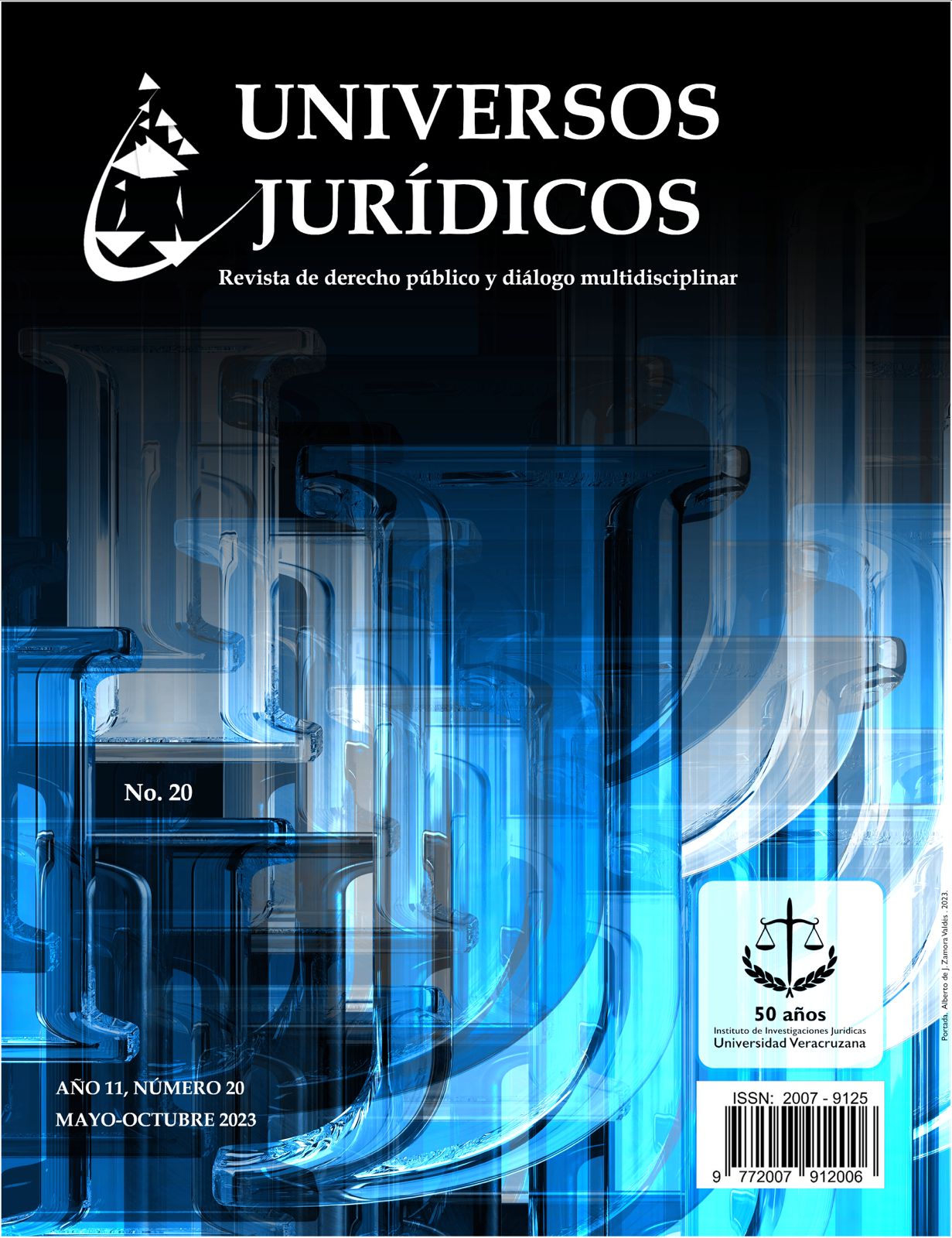Abstract
In recent years, the changes that have affected humanity have not made an exception in the workplace, the pressure to do more with less has increased and, where; collaborators suffer greater competition, and this is not always fair. Working women must also face, other types of pressure for the sole reason of their gender. When these pressures go beyond the work itself, they become harassment or also called mobbing. This phenomenon as a construct is understood as that constant harassment and in order to harm the recipient. The objective is to analyze a pilot sample of 70 working women, in order to know whether or not they have suffered from the mobbing syndrome and in which of its subscales.
The results show the existence of the six dimensions that make up mobbing, acording to the perception of the participants, communication at work being the one with the highest incidence, being single women and with a higher level of preparation those who denounce the most workplace harassment.
References
Acosta, M., et al. (2005). El acoso moral en el trabajo en los empleados del Centro Universitario de Ciencias de la Salud de la Universidad de Guadalajara. In-vestigación en Salud, 7(1), 16-23.
Arbonés, H.I. (2014) Acoso moral en el trabajo y su tutela preventiva, Ed. Bomar-zo, Albacete.
Báez, J. (2022). Modelo educativo TIC (tridimensional, integral, crítico) para la formación jurídica en México. Gestionar: Revista De Empresa Y Gobierno, 2(3), 16-34. https://doi.org/10.35622/j.rg.2022.03.002
Báez, J. (2021). Tradición contra innovación en los modelos de formación jurídica universitaria en México. Revista de Derecho. 50. 135-153. https://dx.doi.org/10.14482/dere.56.340
Costa, M. y López, E. (1996). Los secretos de la dirección. Madrid: Pirámide
Daza, F. M., et al (1998). NTP 476: El hostigamiento psicológico en el trabajo: mobbing. Ministerio de Trabajo y Asuntos Sociales, Instituto Nacional de Se-guridad e Higiene en el Trabajo
Grupo Banco Mundial (2020). La participación laboral de la mujer en México. Banco Internacional de Reconstrucción y Fomento / Banco Mundial. Dispo-nible en: https://documents1.worldbank.org/curated/en/753451607401938953/pdf/La-Participacion-Laboral-de-la-Mujer-en-Mexico.pdf. Consultado el 4 de febrero 2022.
Hernández, R. (2014). Metodología de la Investigación. México: Mc Graw Hill.
Hirigoyen, M-F (2014). Todo lo que hay que saber sobre el acoso moral en el tra-bajo. Buenos Aires: Paidós.
Instituto Nacional de Estadística, Geografía e Información (2019). Resultados de la Encuesta Nacional de Ocupación y Empleo (ENOE), población de 15 años y más de edad. Disponible en: https://www.inegi.org.mx/programas/enoe/15ymas/default.html. Consultado el 4 de febrero de 2022.
Instituto Nacional de Estadística, Geografía e Información (2019). Resultados de la Encuesta Nacional de Ingresos y Gastos de los Hogares (ENIGH) 2018. Comunicado de prensa Núm. 384/19. Disponible en:
https://www.inegi.org.mx/contenidos/saladeprensa/boletines/2019/EstSociodemo/enigh2019_07.pdf. Consultado el 28 de enero 2022.
Ley Federal del trabajo, (L.F.T.). Título Quinto- Trabajo de las mujeres. Reformada, Diario Oficial de la Federación [D.O.F], 27 de diciembre de 2022, (México).
Leymann, H. (1996). The content and development of mobbing at work. European journal of work and organizational psychology, 5(2), 165-184.La persecution au travail: Mobbing, Editions du Seuil, Paris.
Méndez, I. (s.f.). Estudio para la determinación del grado de acoso laboral (mob-bing) de los trabajadores de una institución de educación superior en el es-tado de guerrero. XV congreso internacional de investigación en ciencias administrativas. Universidad Autónoma de Guerrero.
Namie, G. (2017). Report U.S. Workplace Bullying Survey. Workplace Bullying
Institute. https://www.workplacebullying.org/tag/mobbing/
Name, G. (2000). Report U.S. Hostile Workplace Survey. Workplace Bullying& Trauma Institute. From http:// workplacebullying.org/research.html.
Peña, F. y Sánchez, S. (2006). El mobbing. Su contenido y significado. En V Congreso de la Asociación Mexicana de Estudios del Trabajo, en la mesa “Violencia y trabajo”. Ponencia presentada en el Congreso llevado a cabo en Oaxtepec, México, del 17 al 19 de mayo del 2006. Asociación Mexicana de Estudios del Trabajo
Piñuel, I. (2001). Mobbing. Cómo sobrevivir al acoso psicológico en el trabajo, Ed. Sal Terrae. España.
Programa de las Naciones Unidas para el Desarrollo (2020). Informe sobre Desa-rrollo Humano 2020. Panorama General. Consultado en: https://hdr.undp.org/sites/default/files/hdr_2020_overview_spanish.pdf. 3 de febrero 2022.
Rubio De Medina, M.D. (2008). Extinción del contrato laboral por acoso. Edit. Bosch. España.
SPSS (2022). Statistical Package for Social Sciences. Consultado en: https://www.ibm.com/mx-es/products/spss-statistics. 22 de mayo 2022. Acuerdo de París (2015). Convención Marco de las Naciones Unidas sobre el Cambio Climático.

This work is licensed under a Creative Commons Attribution-NonCommercial-ShareAlike 4.0 International License.

